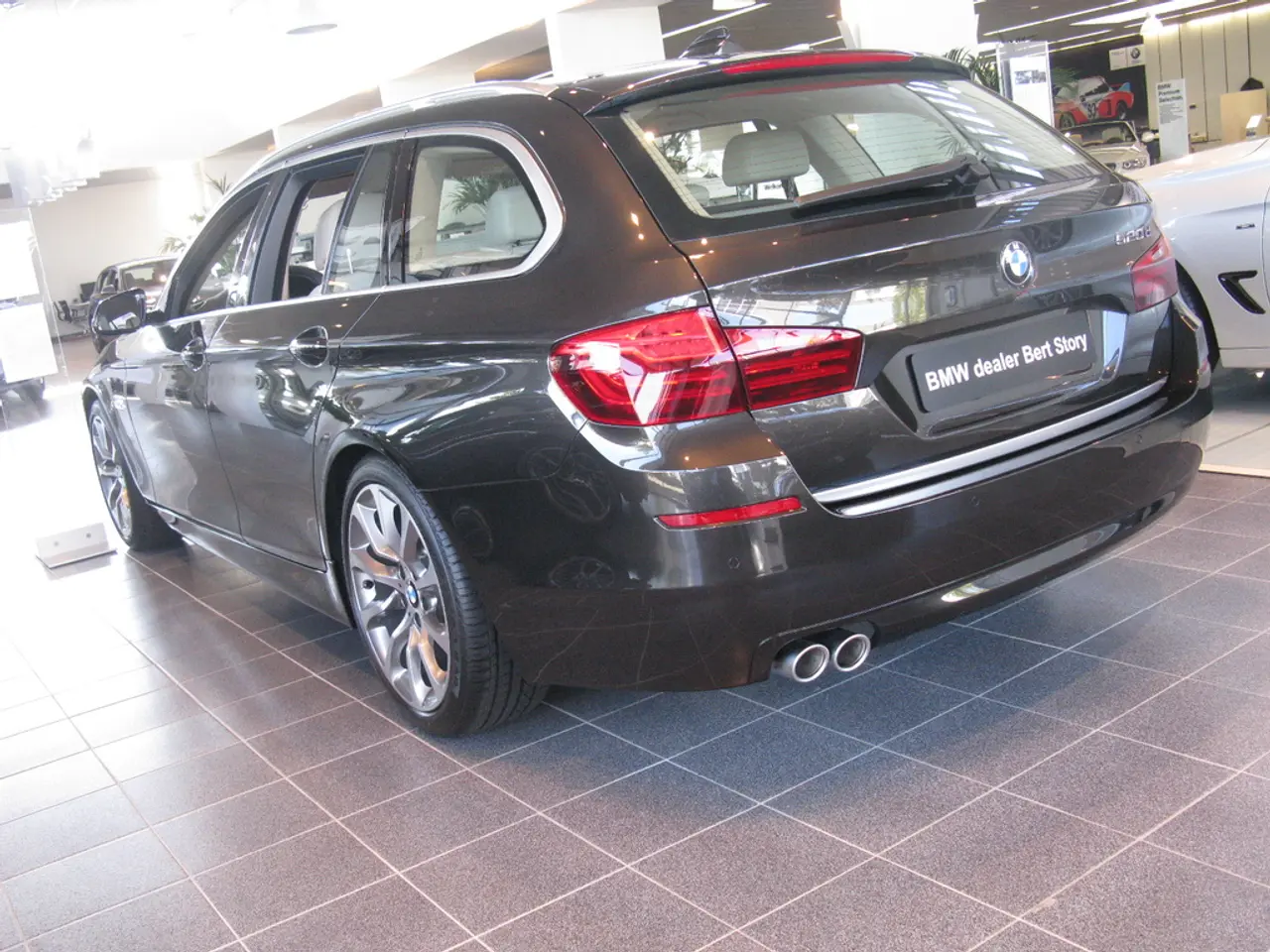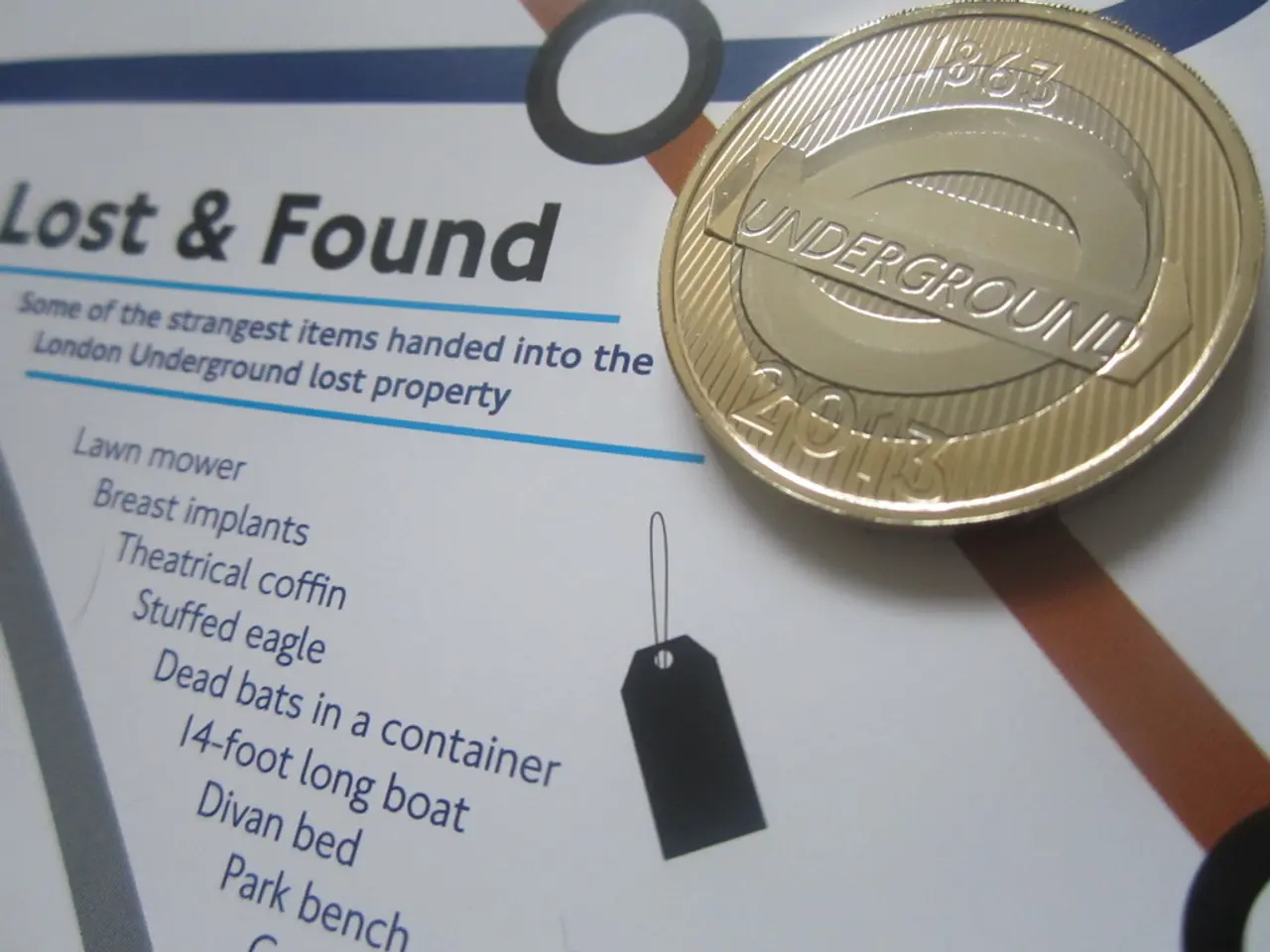Transformation through Electricity
In an effort to promote a more sustainable electric vehicle (EV) value chain, B-ON has developed an innovative electrical energy storage unit (EES) that repurposes second-life EV lithium-ion batteries. This approach not only extends the useful lifespan of these batteries beyond their initial automotive use but also reduces battery waste and contributes to a circular economy model in EV technology.
The B-ON EES is designed to stack six batteries, holding electrical energy that can potentially reach up to 400 kW of power. These repurposed battery packs are integrated with integrated battery management systems (BMS) to ensure safe management of cell state of charge (SOC) and prevent overcharge or deep discharge, thereby optimizing longevity and safety in stationary applications.
By leveraging second-life batteries, B-ON supports grid stabilization and renewable energy integration, facilitating broader decarbonization goals in the electricity sector. Using these energy storage systems in residential or commercial settings can help smooth demand peaks and enable higher penetration of intermittent renewable sources like solar and wind.
B-ON's EES offers several benefits for businesses. When correctly implemented and operated, electric vehicles can provide significant cost benefits that increase over time. By avoiding the need for upgrading grid access, the EES reduces costs for customers. Furthermore, electric vehicles are cheaper to power, maintain, and operate overall compared to traditional vehicles.
The commercial fleet sector's move towards real electrification, especially for light-duty vehicles, has been slow due to expensive vehicles, fragmented offerings, and inexperienced teams. B-ON addresses these pain points by creating solutions for fleet electrification that actually work for customers.
The B-ON EES is also designed to provide off-grid power for businesses, operating as an island and storing and providing backup power in emergencies. Electric vehicles can be charged slowly at off-peak hours and drained during peak hours to save costs, with each electric vehicle saving hundreds of tons of carbon emissions annually.
B-ON's focus is on creating sustainable solutions that align with industry trends recognizing second-life batteries as key enablers of a circular, more sustainable EV ecosystem. The battery upcycling innovation in B-ON's EES could potentially solve the question of what to do with electric vehicle batteries once they are no longer usable in vehicles.
It is essential to achieve better returns on investment by setting up electrical infrastructure correctly, implementing optimizing software, and training drivers on new vehicles. The road to real sustainability or real electrification, according to B-ON, lies in the correct implementation and operation of electric vehicles. The "long tailpipe theory" has been largely disproven, and electric vehicles provide a more sustainable future.
- B-ON's innovation with electrical energy storage units (EES) using second-life EV batteries promotes a sustainable electric vehicle (EV) value chain, extending battery lifespan and reducing waste, thereby contributing to environmental-science goals and circular economy models in EV technology.
- By integrating six repurposed battery packs with integrated battery management systems (BMS) in their EES, B-ON ensures safe management of cell state of charge (SOC) and prevents overcharge/deep discharge, optimizing longevity and safety for stationary applications.
- In business and lifestyle sectors, the adoption of B-ON's EES offers financial advantages by reducing costs for customers, providing power for electric vehicles (EVs) at lower operating costs, and contributing to grid stabilization and renewable energy integration.
- The focus on circular solutions, such as battery upcycling in B-ON's EES, addresses the challenge of dealing with electric vehicle batteries once they are no longer usable in vehicles, making significant contributions to the technology sector and advancing sustainable EV ecosystems.




